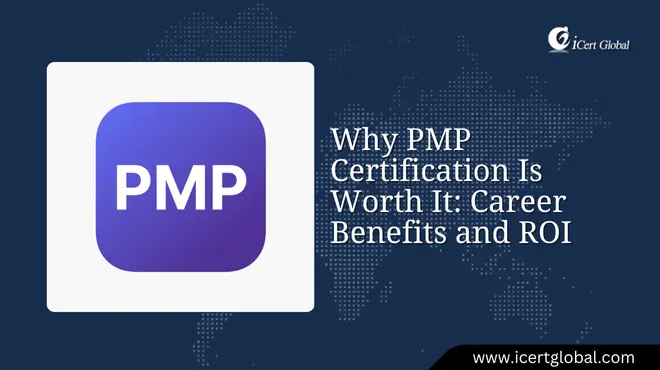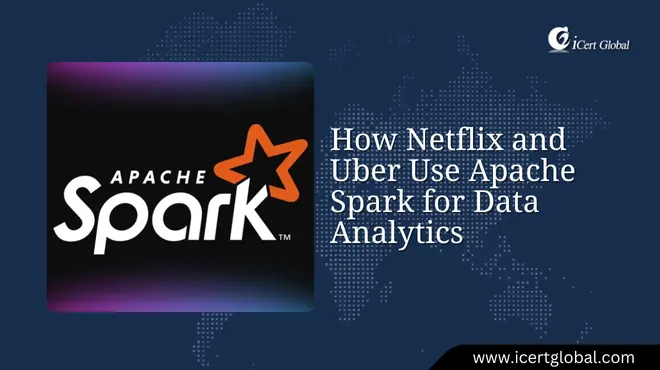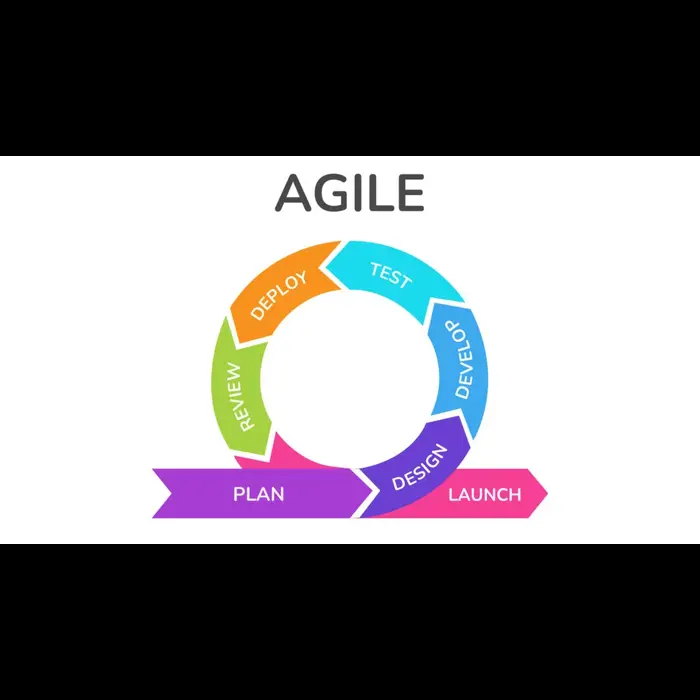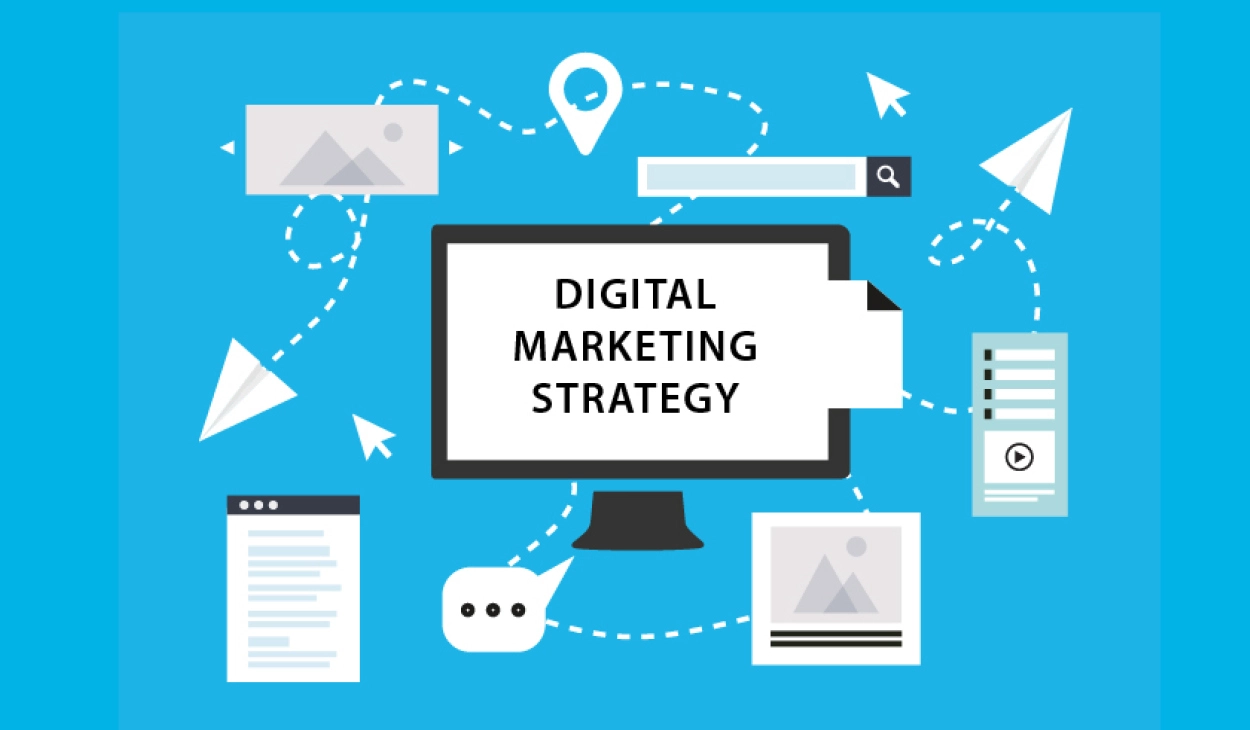Latest Articles
Introduction to SAP Sales and Distribution
SAP Sales and Distribution (SD) is one of the most in-demand modules of the SAP SD Certification course. It enables busi...
No Experience You Can Be a Project Manager
How to Become a Project Manager with No Experience You want to be a project manager but have no experience? Don't...
3 Typical Issues with Applying Agile
Agile vs. Waterfall: Choosing the Right Method Nowadays, there is much competition among firms. Firms are finding new...
On Page SEO What It Is and How It Works
How you structure your content influences greatly how much it appears on search. Therefore, On-Page SEO is extremely cru...
Scrum Master Career Guide Land Your Dream Role
Become a Certified Scrum Master with iCert Global Want to grow your career? Get your Scrum Master Certification with ...
Discover 10 Solid Reasons to Learn Digital Marketing
As more and more individuals in the world are going online, businesses are also going online. This makes digital marketi...
Supercharge Your Business with Big Data Insights
All businesses, whether small or large, require positive information to expand. To know what the customers like and need...
DevOps Secrets Everything You Need to Succeed
DevOps is how software developers (dev) and operations teams (ops) work together. It's software development that all...
Robots in Our Future How They Can Help in Daily Life
What comes to mind when you hear the word "robot"? Do you picture a shiny metal man on a spaceship in the ...
How Conversational AI Works
Think about a world in which computers do not only respond but speak back to you! They are not machines. They are like f...
Big Mistakes Candidate Make while Preparing PMP Exam
PMP certification is the most popular certificate for project management. Getting this certification can result in impro...
Where to Take the Most Convenient PMP Exam
Are you going to get your PMP certification? Congratulations on making the first step towards building your career and e...



.jpg)


.webp)
.webp)

.webp)










